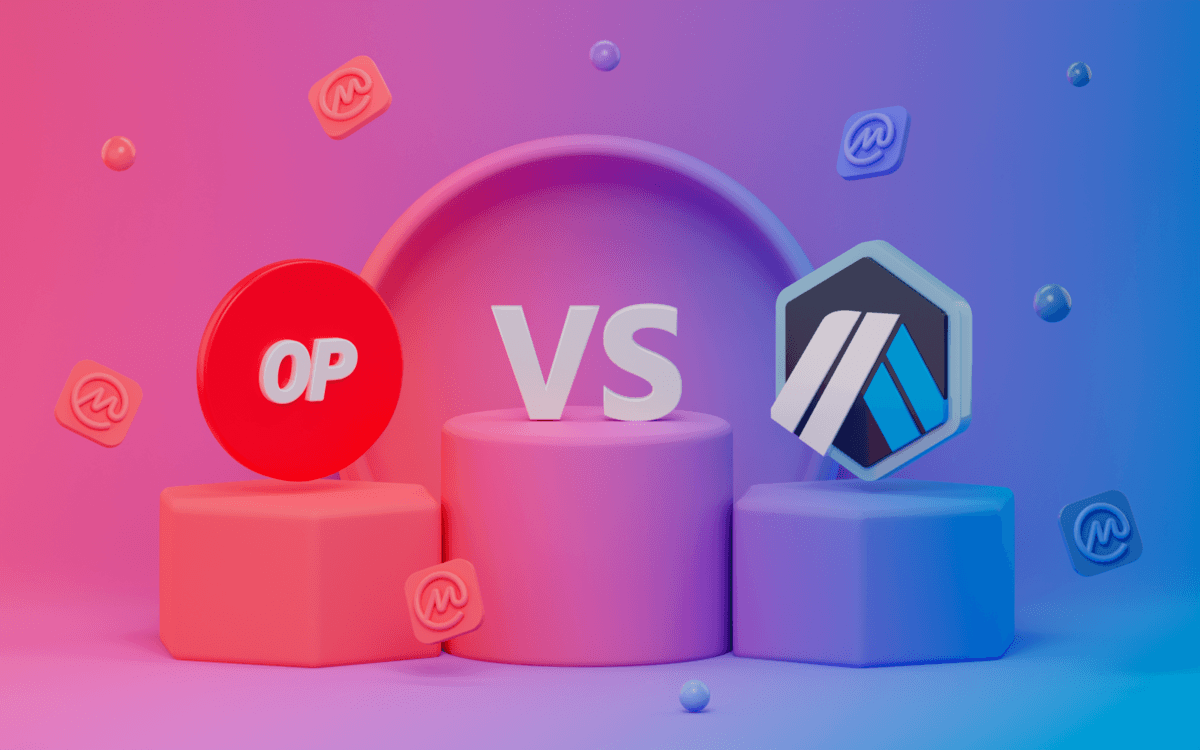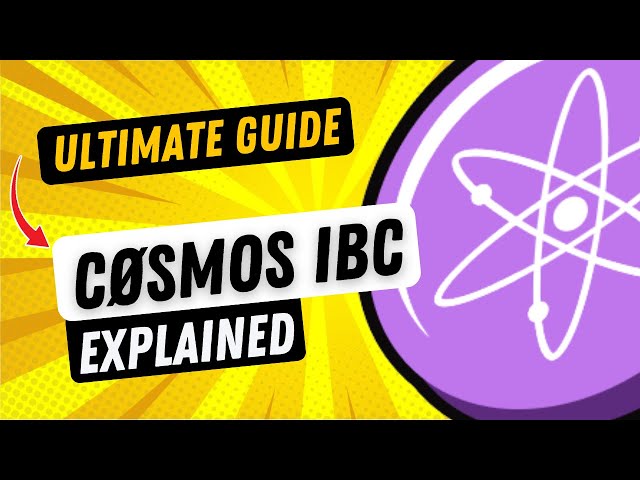⚡ Arbitrum vs Optimism: Complete Guide to Ethereum’s Top Layer 2 Rollups
As Ethereum continues to grow in popularity, it struggles with scalability issues — high gas fees, slow transaction times, and network congestion. To solve this, Layer 2 solutions were developed, with Arbitrum and Optimism emerging as the leading platforms based on Optimistic Rollups. These technologies aim to improve Ethereum’s scalability while maintaining its security and decentralization.
This guide explores what Arbitrum and Optimism are, how they work, their key differences, advantages, use cases, and their impact on the Ethereum ecosystem.
🌐 What are Layer 2 Solutions?
Layer 2 refers to technologies built on top of Ethereum (Layer 1) to handle transactions off-chain, reducing load on the mainnet.
Benefits of Layer 2:
- Lower gas fees
- Faster transactions
- Retains Ethereum’s security model
Optimistic Rollups are a type of Layer 2 scaling that bundle many transactions together and post them on Ethereum, assuming they are valid unless proven otherwise.
🚀 What is Arbitrum?
Arbitrum, developed by Offchain Labs, is one of the most widely adopted Layer 2 solutions using Optimistic Rollups.
Key Features:
- EVM-compatible: Fully compatible with Ethereum smart contracts
- High throughput: Can process 40,000+ TPS (theoretical)
- Security: Inherits Ethereum’s base-layer security
- Low fees: Much cheaper than Ethereum mainnet
How Arbitrum Works:
- Users interact with the Arbitrum chain instead of Ethereum L1.
- Transactions are processed off-chain.
- Rollups are posted on Ethereum along with compressed data.
- Fraud proofs are used to challenge invalid transactions.
🚀 What is Optimism?
Optimism, developed by the Optimism Foundation, is another leading L2 solution using Optimistic Rollups and is closely integrated with Ethereum’s values of decentralization and public goods funding.
Key Features:
- EVM-equivalent: Runs Ethereum smart contracts natively
- Fast finality: Offers near-instant transaction confirmation
- Retroactive Public Goods Funding (RPGF): Supports Ethereum ecosystem projects
- Chain simplicity: Minimal code changes for dApp developers
How Optimism Works:
- Executes transactions off-chain.
- Bundles data in rollups and posts them to Ethereum.
- Allows time for fraud challenges (usually 7 days).
- If unchallenged, transactions are finalized.
🔍 Arbitrum vs Optimism: Side-by-Side Comparison
| Feature | Arbitrum | Optimism |
|---|---|---|
| Type of Rollup | Optimistic Rollup | Optimistic Rollup |
| Compatibility | EVM-compatible | EVM-equivalent |
| Governance | Arbitrum DAO | Optimism Collective |
| Native Token | ARB | OP |
| Fraud Proof Mechanism | Multi-round interactive proofs | Single-round fraud proofs |
| Mainnet Launch | August 2021 | July 2021 |
| Ecosystem Size (2024) | 200+ dApps | 100+ dApps |
| Developer Experience | Minimal changes to Ethereum | Same as Ethereum |
| Bridge Withdrawal Time | ~7 days (can be sped up with 3rd parties) | ~7 days |
| Governance Focus | Community & DAO | Public Goods & Grants |
🪙 Tokenomics: ARB and OP
🔹 ARB (Arbitrum):
- Launched in March 2023 via airdrop
- Used for governance via Arbitrum DAO
- Not required for gas (ETH is used)
🔸 OP (Optimism):
- Launched in mid-2022
- Used for governance within Optimism Collective
- ETH is used for gas, not OP
Both networks use ETH as the native gas token, maintaining a seamless Ethereum user experience.
🔧 Use Cases & Ecosystem
Arbitrum Ecosystem Highlights:
- GMX: Decentralized perpetual exchange
- Treasure DAO: NFT and gaming ecosystem
- Radiant Capital: Lending and borrowing protocol
- Uniswap & Aave: Deployed on Arbitrum
Optimism Ecosystem Highlights:
- Velodrome: Decentralized exchange on Optimism
- Synthetix: Synthetic asset protocol
- Lyra Finance: Options trading
- Base (Coinbase’s L2 chain): Built on the Optimism OP Stack
Arbitrum currently has a larger TVL (Total Value Locked) compared to Optimism, but both are growing rapidly with new DeFi and NFT applications.
📈 Performance and Fees
Both networks significantly reduce gas costs:
- Ethereum Mainnet: ~$10–50 per transaction (depending on congestion)
- Arbitrum: ~$0.05–$0.30
- Optimism: ~$0.10–$0.50
Arbitrum generally provides slightly lower fees than Optimism due to more advanced compression techniques.
🛠️ Developer Tools and Experience
Both platforms offer strong support for Ethereum developers:
- Full support for Solidity
- Same wallets (e.g., MetaMask)
- Ethereum RPC compatibility
Arbitrum:
- Uses Arbitrum Nitro, a custom EVM engine
- Offers Stylus (support for Rust, C, and C++ smart contracts)
Optimism:
- Simpler stack using Ethereum’s EVM
- Focuses on ecosystem growth and open-source innovation via OP Stack
🗳️ Governance and Community
Arbitrum DAO:
- Community governs protocol upgrades and treasury
- ARB token used for on-chain voting
Optimism Collective:
- Divided into Token House and Citizens’ House
- Distributes OP to fund public goods
- Community-driven decision-making
Both platforms are committed to decentralization, but Optimism places more emphasis on funding Ethereum-aligned public goods.
🔄 Interoperability and Expansion
Arbitrum:
- Launching Arbitrum Orbit: Allows projects to create custom Layer 3 chains
- Arbitrum Nova: Separate chain optimized for low-cost gaming and social apps
Optimism:
- OP Stack: Modular codebase enabling other chains (e.g., Coinbase’s Base)
- Promotes the idea of a “Superchain” of interconnected L2s
🔐 Security and Withdrawals
Both networks use fraud proofs and inherit Ethereum’s security.
- Withdrawals to Ethereum take ~7 days due to fraud challenge period
- Bridges and third-party services (like Hop, Across, or Stargate) offer faster withdrawals
Audits and bug bounties are in place, but as with all DeFi systems, smart contract risks remain.
🔮 Future Outlook
Arbitrum Roadmap:
- Orbit chain expansion
- Continued improvements in compression and throughput
- Further decentralization of validator and sequencer nodes
Optimism Roadmap:
- Expansion of the Superchain ecosystem
- More RPGF funding rounds
- Enhanced fraud proof system
Both platforms are expected to play a key role in Ethereum’s long-term scaling strategy.
🏁 Conclusion
Arbitrum and Optimism are leading the charge in Ethereum scalability, offering lower costs, higher throughput, and robust ecosystems without sacrificing decentralization.
- Choose Arbitrum if you want lower fees, a large DeFi ecosystem, and powerful dev tools like Stylus.
- Choose Optimism if you value Ethereum-aligned governance, retroactive public goods funding, and participation in the Superchain vision.
As Ethereum moves toward a rollup-centric roadmap, Layer 2 platforms like Arbitrum and Optimism will be at the forefront of mass adoption — enabling fast, cheap, and secure blockchain experiences.




